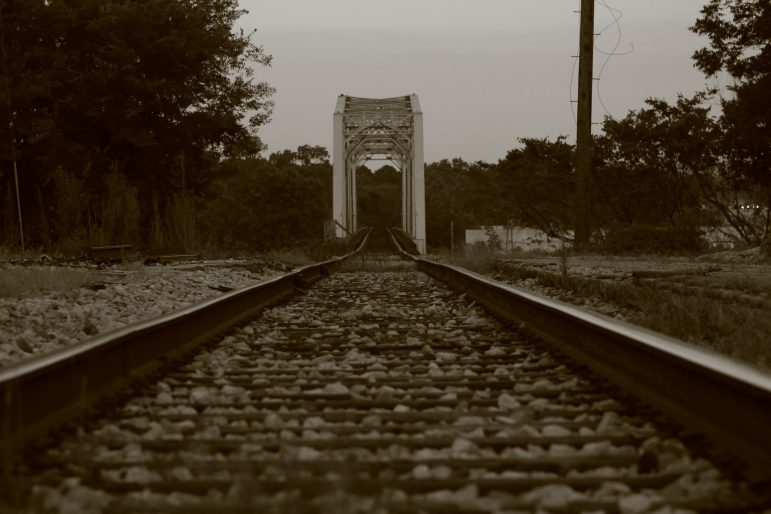Tuesday evening in Gadsden, a historical marker will go up noting one of the most painful parts in American history – a lynching. In 1906 a white mob in Gadsden took a black man named Bunk Richardson from the Etowah County Jail and lynched him from a bridge over the Coosa River. He had been arrested, along with three others, for the rape and murder of a white woman. Richardson was not part of the crime and was never charged, but he knew one of the suspects.
The idea for the marker developed earlier this year after the community-wide reading program Gadsden Reads took up the book “Just Mercy.” The book is written by Bryan Stevenson, the founder of the Montgomery-based Equal Justice Initiative. It looks at discrimination in the judicial system. Gadsden Public Library director Amanda Jackson spoke about the marker with WBHM’s Andrew Yeager. She says the book prompted a look into Gadsden’s painful past.
Interview Highlights
Why so few knew about the Richardson lynching:
“It’s because it happened over 100 years ago. It’s something that didn’t get a lot of play in the media at the time. As with most areas, we don’t study our local history. We may study our country’s history and for one or two years we study Alabama history. We very rarely study the history of where we actually live.”
How the book led to a historic marker:
“As we were researching Bryan and the Equal Justice Initiative, we noticed that they did have a lynching project…they are going through the United States, starting in Montgomery, and they are documenting lynchings that happened. So when we were talking about Buck Richardson, we reached out to them and said we have one, a lynching here that had been well-documented that we can talk about. And then they told us how that project could reach into Gadsden.”
What viewers of the marker should take away:
“I want them to see Gadsden as a place that is not afraid to discuss our history. It is not afraid to discuss both the wonderful things about our history and the very, very ugly things of our history — that we’re not trying to sweep things under the rug, that we are not afraid to embrace difficult conversations.”
Photo from David Lawson via Flickr

